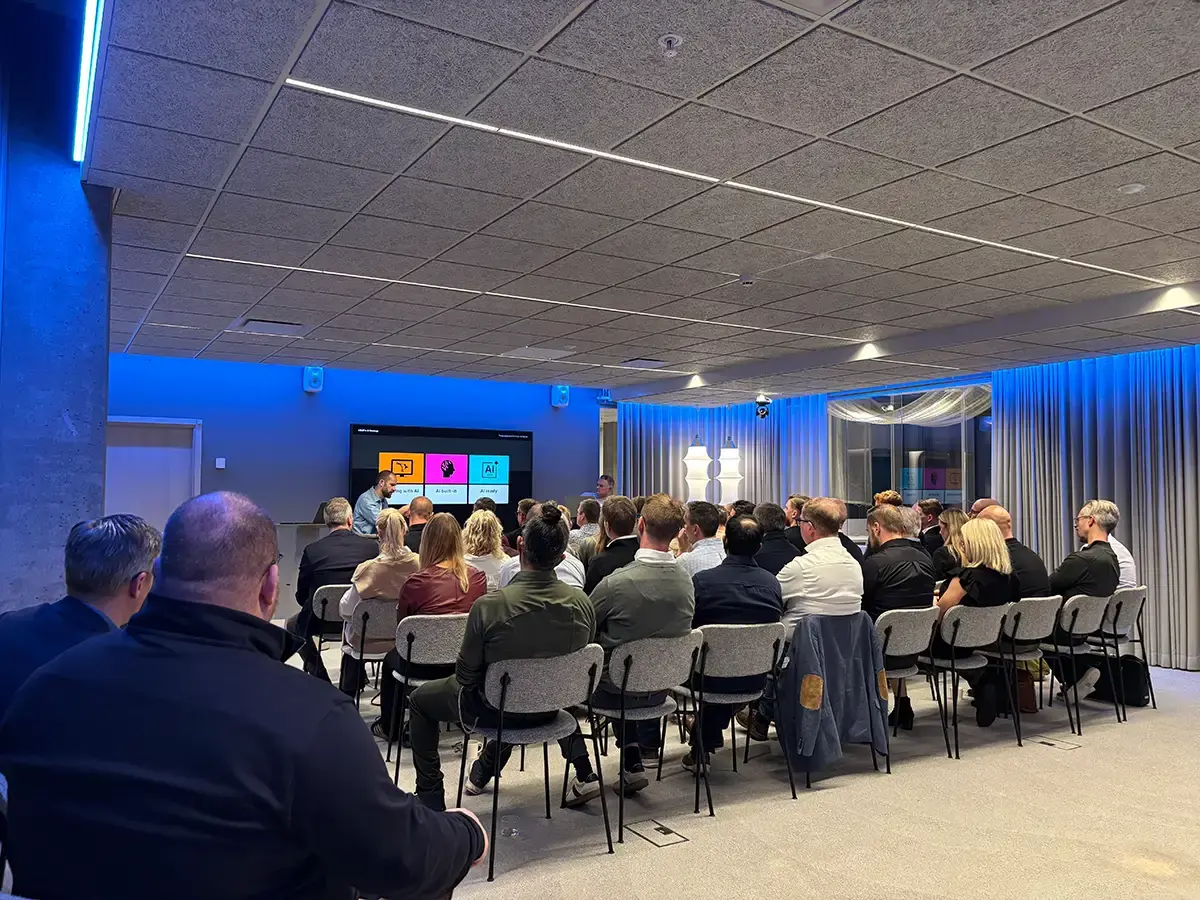
Choosing the right delivery tracking software is crucial for effective delivery management. Different parcel tracking methods have pros and cons, and selecting the one that best suits your business needs is essential. This blog will discuss different tracking methods and factors to consider when selecting one.
GPS Tracking
GPS tracking uses GPS technology to provide real-time tracking and location-based information. It is widely used in delivery management to track vehicles, packages, and parcels. GPS tracking provides several benefits, such as real-time tracking, improved route optimization, and enhanced delivery visibility. However, GPS tracking may not be suitable for all delivery scenarios, such as indoor deliveries or areas with poor network coverage.
Barcode Scanning
Barcode scanning is a widely used tracking method in delivery management. It involves scanning barcodes on packages or parcels to track their movement. Barcode scanning provides several advantages, such as accurate tracking, improved inventory management, and reduced errors. However, barcode scanning may have limitations in scenarios where packages or parcels do not have barcodes or when scanning equipment is unavailable.
RFID technology
RFID technology uses radio waves to identify and track packages or parcels. It is an automated and contactless tracking method that provides several benefits, such as improved accuracy, reduced errors, and enhanced security. However, RFID technology may be costly to implement and may not be suitable for all delivery scenarios.
Hybrid approaches
Hybrid approaches involve combining multiple last mile tracking methods for enhanced accuracy and reliability. For example, a hybrid approach may leverage GPS, barcode, RFID, or other technologies to provide real-time tracking, location-based information, and automated tracking. Hybrid approaches provide several benefits, such as improved accuracy, enhanced tracking capabilities, and reduced errors.
Considerations for choosing the right method
When selecting a tracking method, several factors need to be considered. These include cost, scalability, integration, ease of use, and specific delivery requirements. Evaluating different tracking methods based on these factors is essential to select the one that best suits your business needs.
Different industries may have unique tracking needs and requirements. For example, the healthcare industry may require contactless tracking methods, while the retail industry may require real-time tracking capabilities. It's essential to consider industry-specific factors when selecting a tracking method.
Future trends and emerging technologies
Future trends and emerging technologies in delivery tracking may impact the selection of tracking methods. For example, advancements in IoT (Internet of Things) and AI (Artificial Intelligence) may provide new tracking capabilities and enhance existing ones. It's essential to keep track of future trends and emerging technologies to make informed decisions.
Making the decision
Choosing the right tracking method is crucial for effective delivery management. It's essential to evaluate different tracking methods based on factors such as cost, scalability, integration, ease of use, and specific delivery requirements. nShift's delivery management software provides a flexible solution that supports various tracking methods.
Assess your delivery process and select the most suitable tracking method. Contact nShift to learn how our delivery management software can help enhance your delivery operations.
About the author





